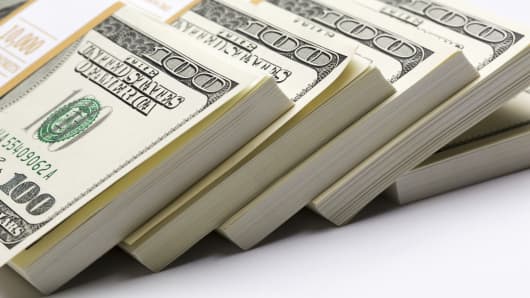If an article in Monday's Wall Street Journal is anything to go by, the U.S. Federal Reserve is getting ready to unwind its massive monetary stimulus program. And that prospect is unlikely to be as alarming for financial markets as feared, analysts tell CNBC.
Fed officials have mapped out a strategy to wind down its $85 billion-a-month bond-buying program in careful steps, although the timing of when that will start is still being debated, noted Fed watcher Jon Hilsenrath wrote in the WSJ.
Any unwinding of the Fed's quantitative easing (QE) program, which has fueled a rally in equity markets and other risk assets, is generally viewed as negative and any indication of this happening has been highly anticipated in the U.S. since late last week.
(Read More: If I Were 'Dictator,'QE Would End Now, Fed's Lacker Says)
"Having spent two New York sessions pricing in a sharp change in Fed stance, it is not obvious that the article was worth the wait," analysts at Westpac said in a note. "The timing of the unwinding of QE remains data-dependent, not a serious prospect until perhaps late U.S. summer at the earliest."
Analysts say that in essence, the Fed appears to be managing market expectations that its quantitative easing program will not last forever.
The Fed has said that it would maintain its key interest rate between zero and 0.25 percent until the unemployment rate fell to 6.5 percent. It has also committed to monthly purchases of bonds until labor market conditions improve substantially.
(Read More: Are Bond Vigilantes Taking On the Fed?)



